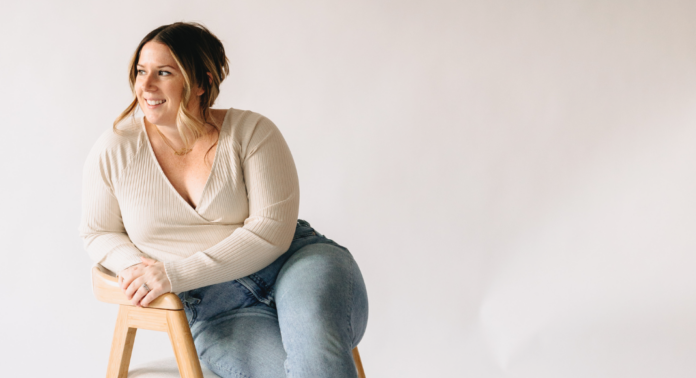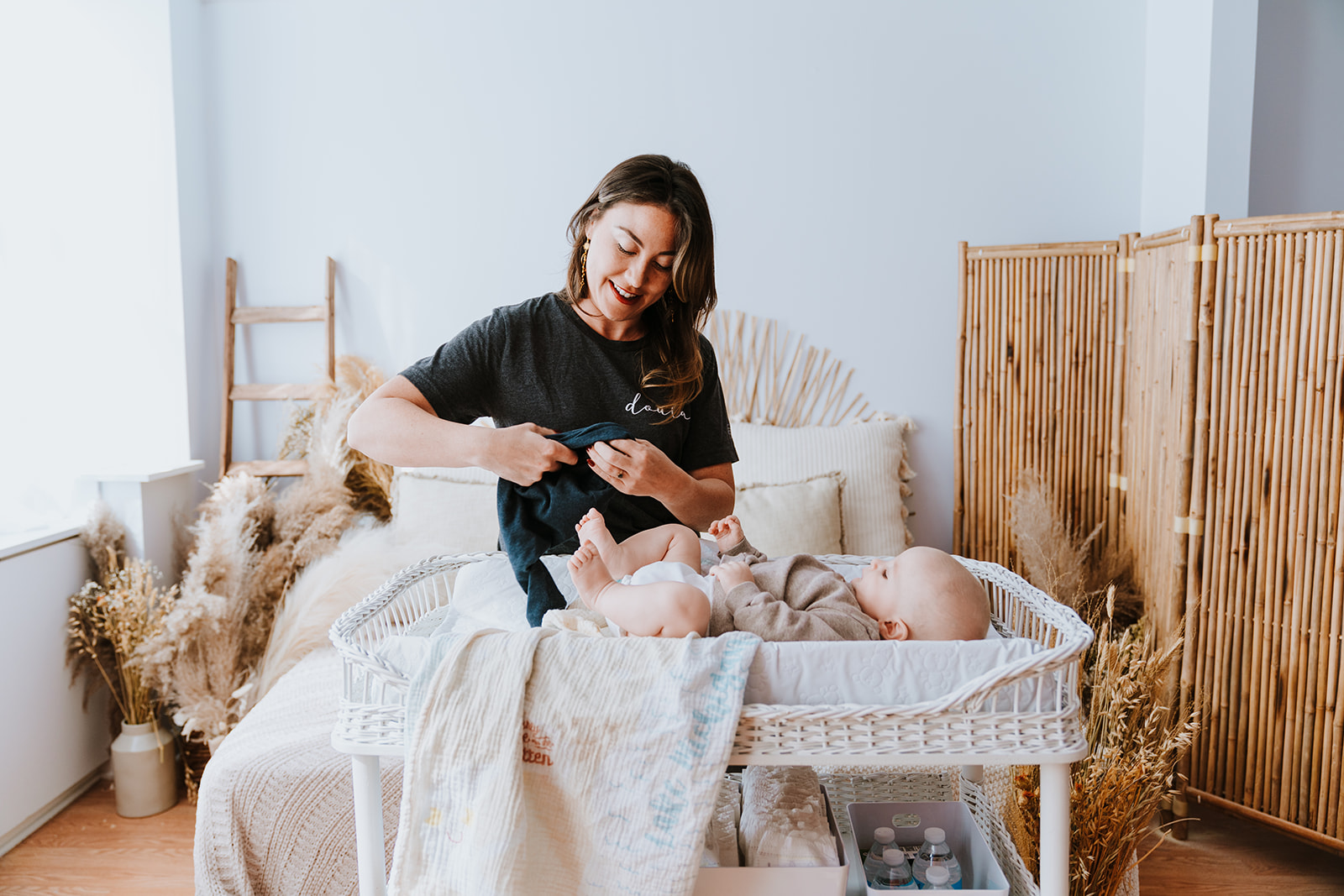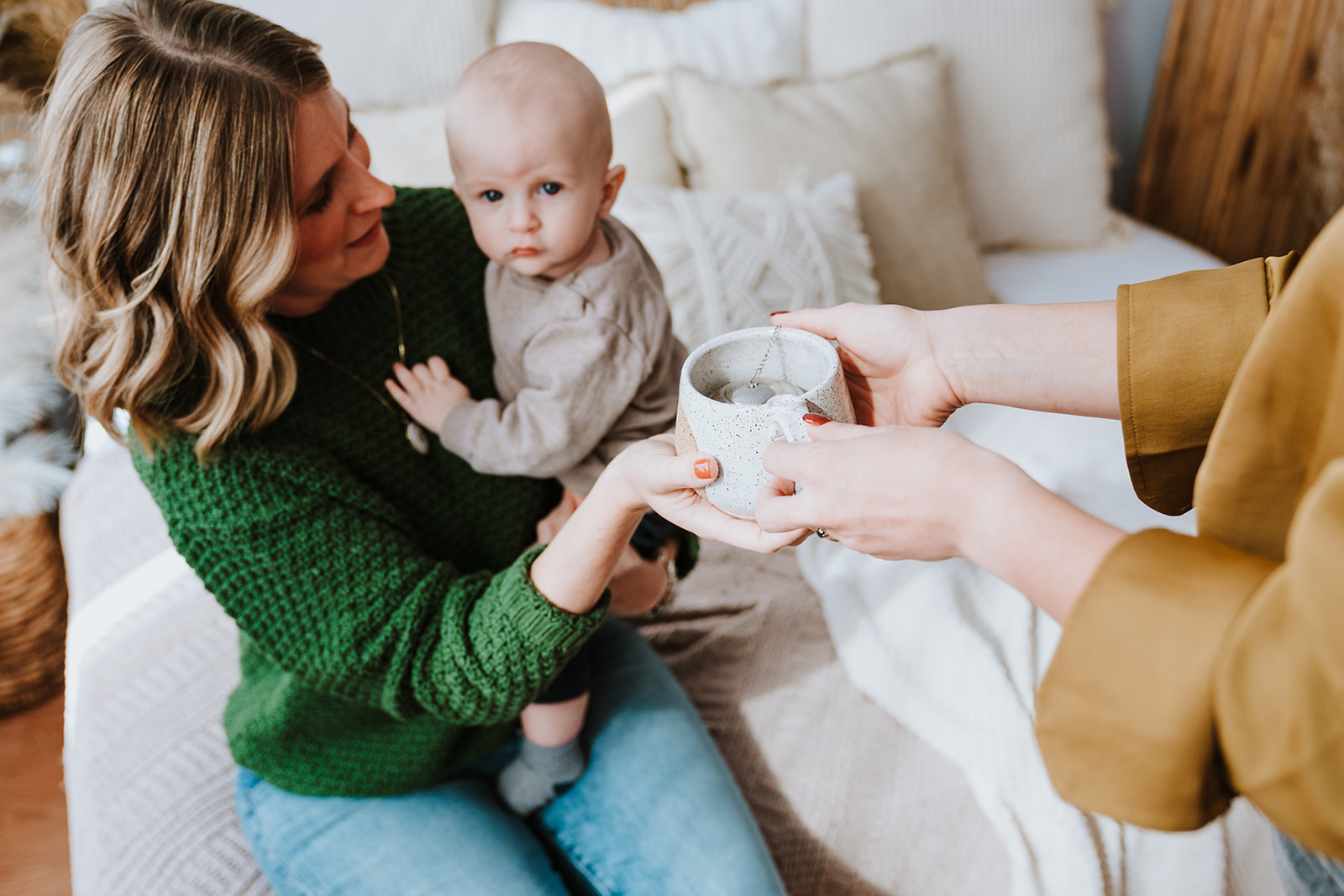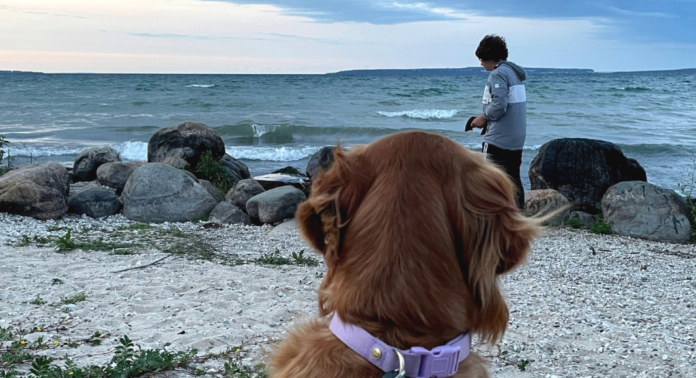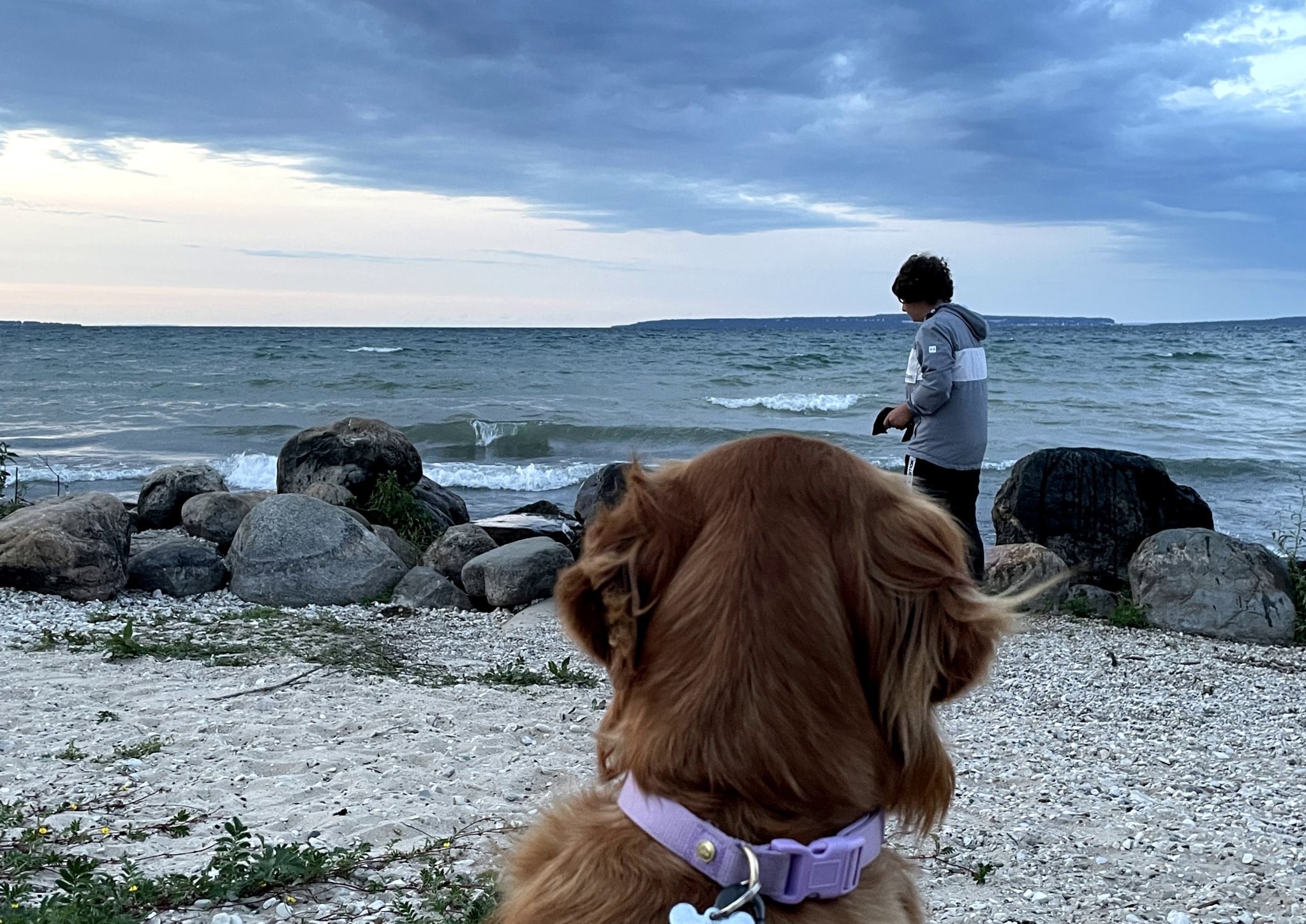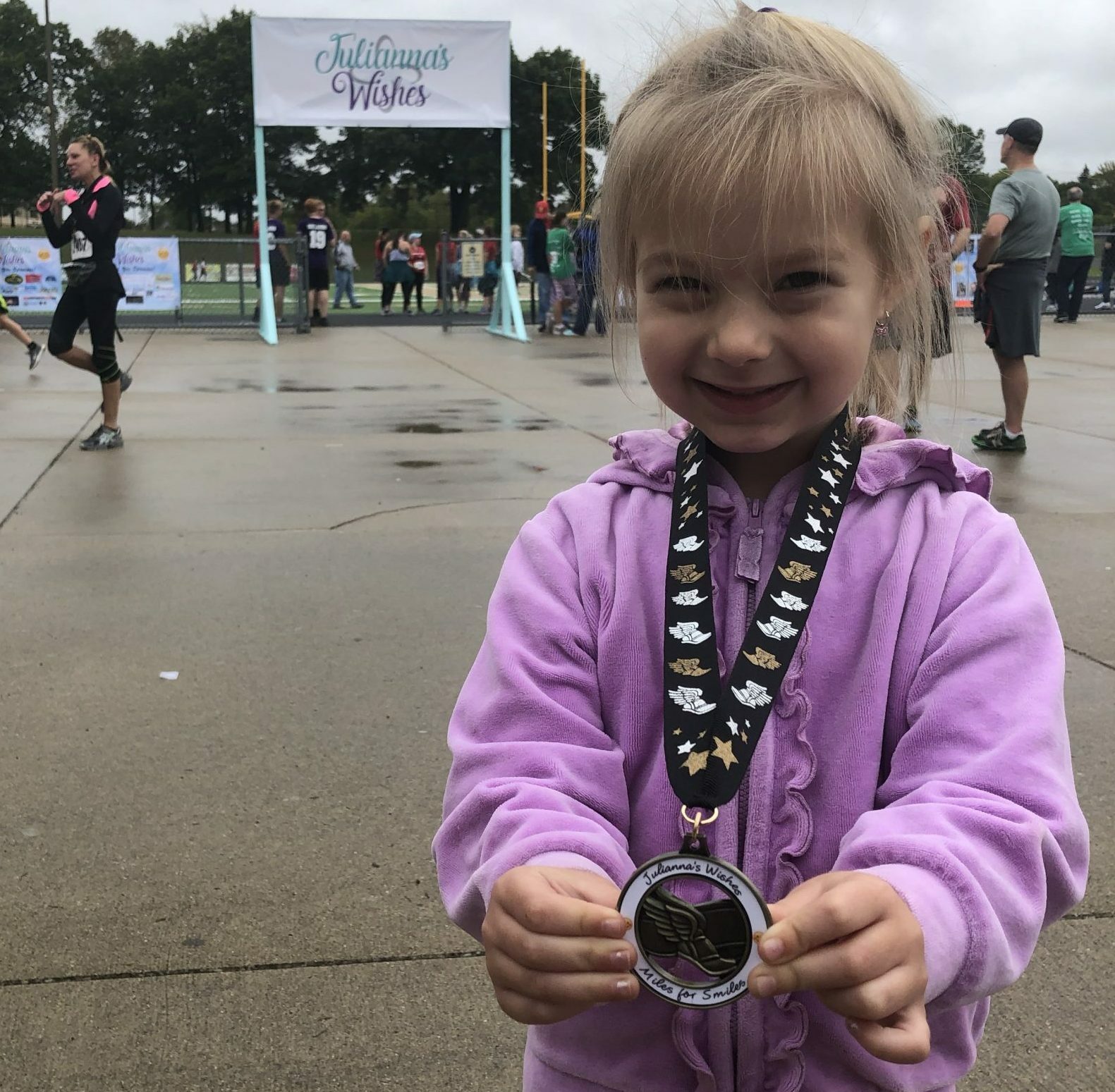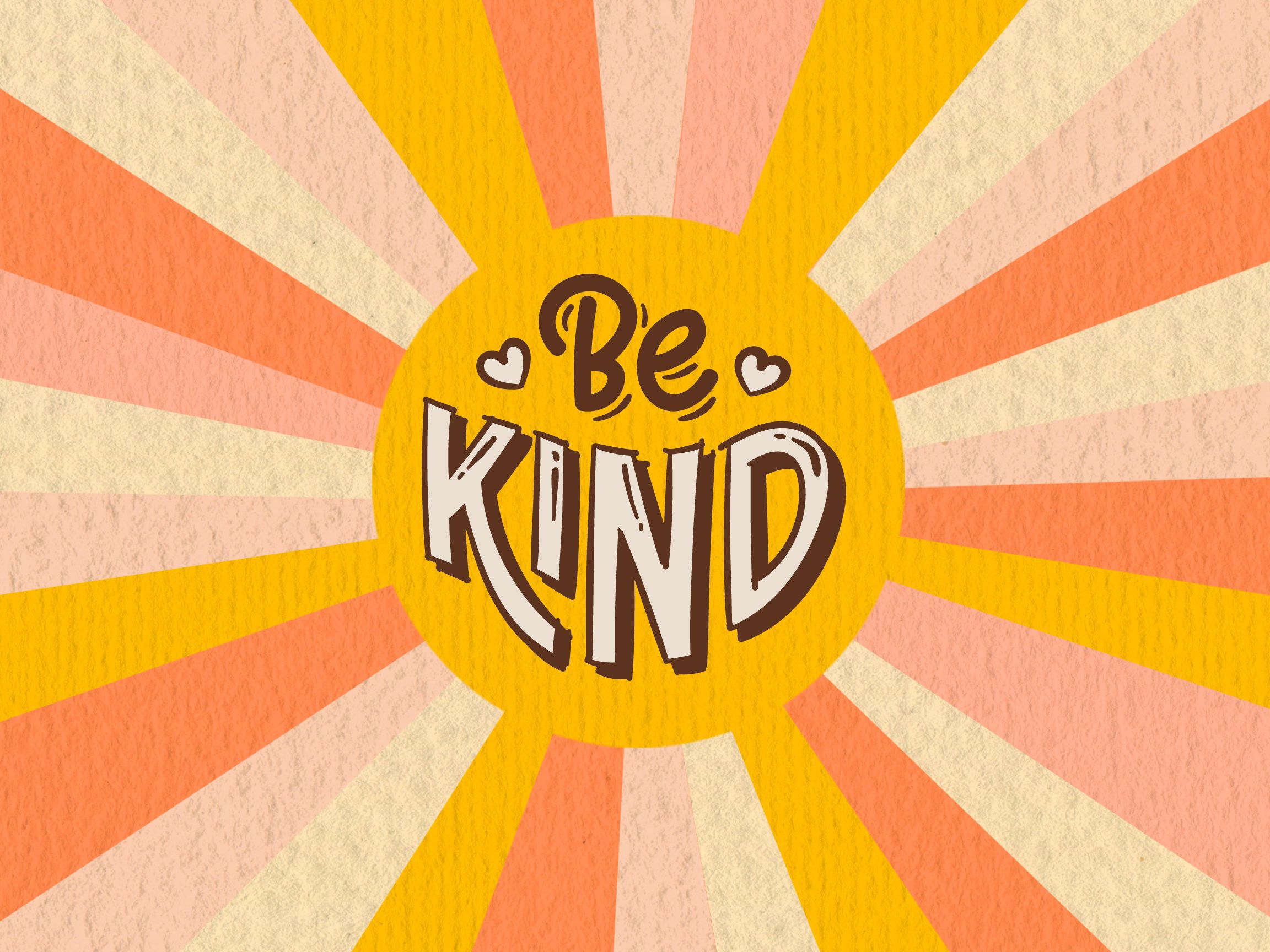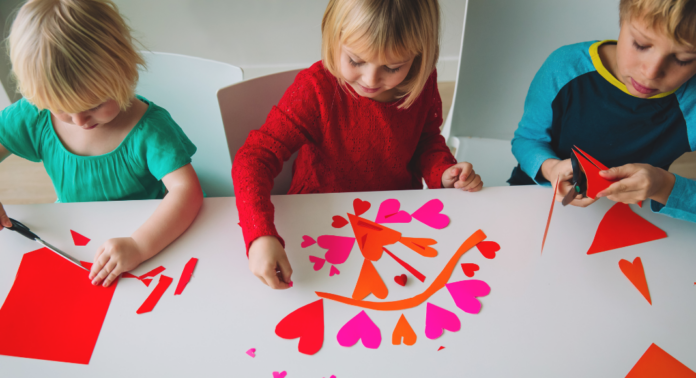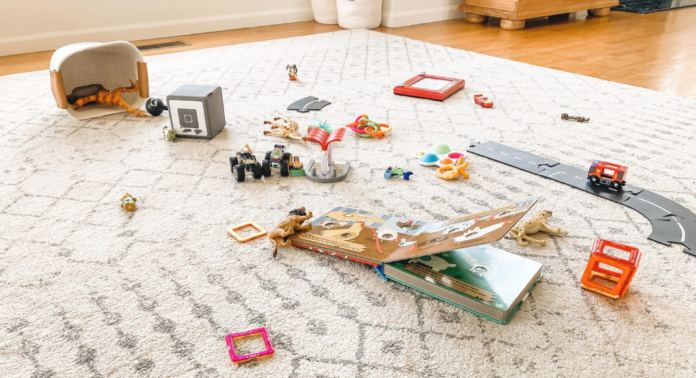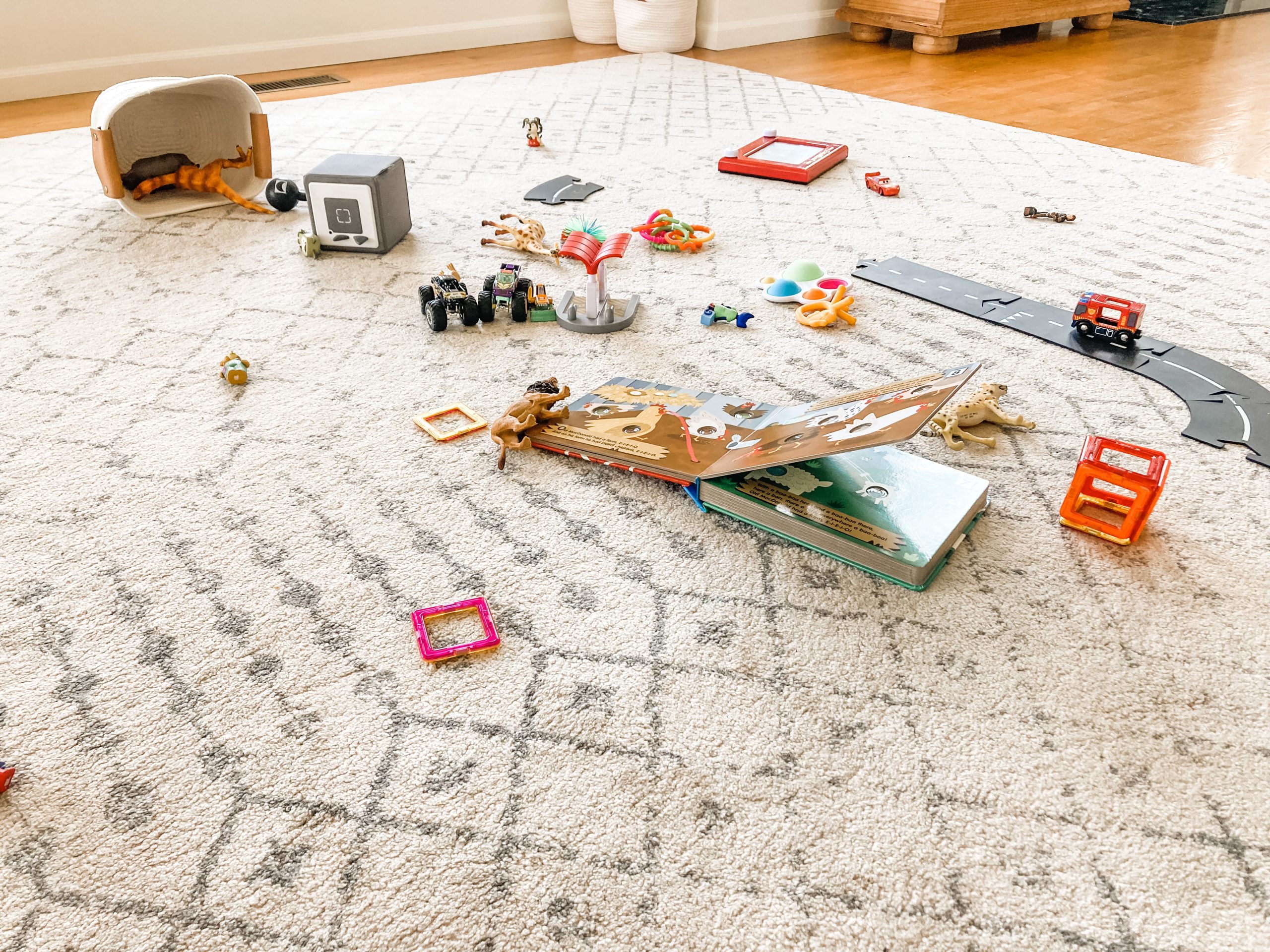Detroit Mom’s Local Love series highlights local women and the businesses they have built. We love supporting small business! Today’s Local Love Spotlight belongs to Becca LaMar, owner of Heylo Creative and Studio Neue.
To start, we asked Becca to share some fun facts about herself with us:
- She has started a total of five companies!
- She used to play the piano and flute competitively.
- And, she’s pregnant with her third baby, due in June! 🙂
We also asked Becca to share a little bit more about her businesses with us. Get to know Becca and her businesses, Studio Neue and Heylo Creative, below!

How did you come up with the idea of your business, and how did you start?
“I left the corporate world in March 2021 to be able to spend more time with my family, and get to work more directly with clients. This was when I started Heylo Creative. I quickly grew to love working with women entrepreneurs and getting to support them in showing up more confidently in their business through creating brand identities and websites.
“Being in this community, I also kept seeing a need for ‘space.’ This [led] to the opening of [my] second business, Studio Neue. Studio Neue is a venue built as a blank canvas to help bring your photography, business, and event visions to life. Located in Downtown Plymouth, our space is ready to host your next workshop, meeting, bridal shower, birthday party–the sky is the limit!
“I jumped in head first, and just kept learning as I went. I also joined a mastermind right out the gate to help give me support in getting through the initial landslide of figuring out how to get off the ground. One day I went to a local networking event and met my first two clients–the rest was history. Networking became my go-to source for creating true relationships, with no goal other than to truly connect with other people who were living in the entrepreneurial world that we all know and love.”
Knowing what you know now, is there anything you would have done differently when you were first starting out?
“I would have put myself out there more quickly, and not waited until things were ‘perfect.’ Note to self: they never are!!”
What is the best business advice you’ve ever been given?
“Pay to go faster, and do it scared.”
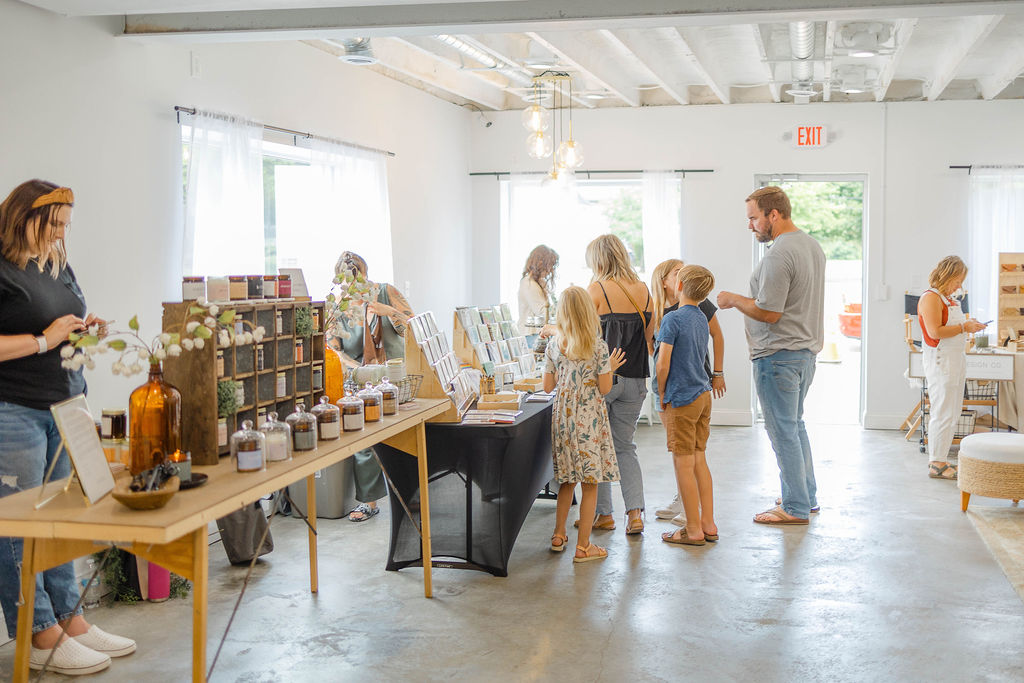
Have you faced adversity in business due to being a woman? How did you navigate that?
“Initially I was working with solely women clients, which I never had any issues. Once I broke out into more of the general population, I learned that I needed to read clients and be able to communicate with them in multiple different ways–because everyone communicates differently. This actually helped me grow as a business owner and be able to serve ALL of my clients even better.”
How do you persevere in challenging times?
“I lean on my family, the community, and a lot of journaling.”
What impact do you want your business to have?
“With Heylo, I’d really love to help business owners grow their business faster and be able to reach their goals quickly, and confidently. With Studio Neue, my goal is [to] provide a welcoming space for people to be able to dream up their perfect event, or help level up their business.”
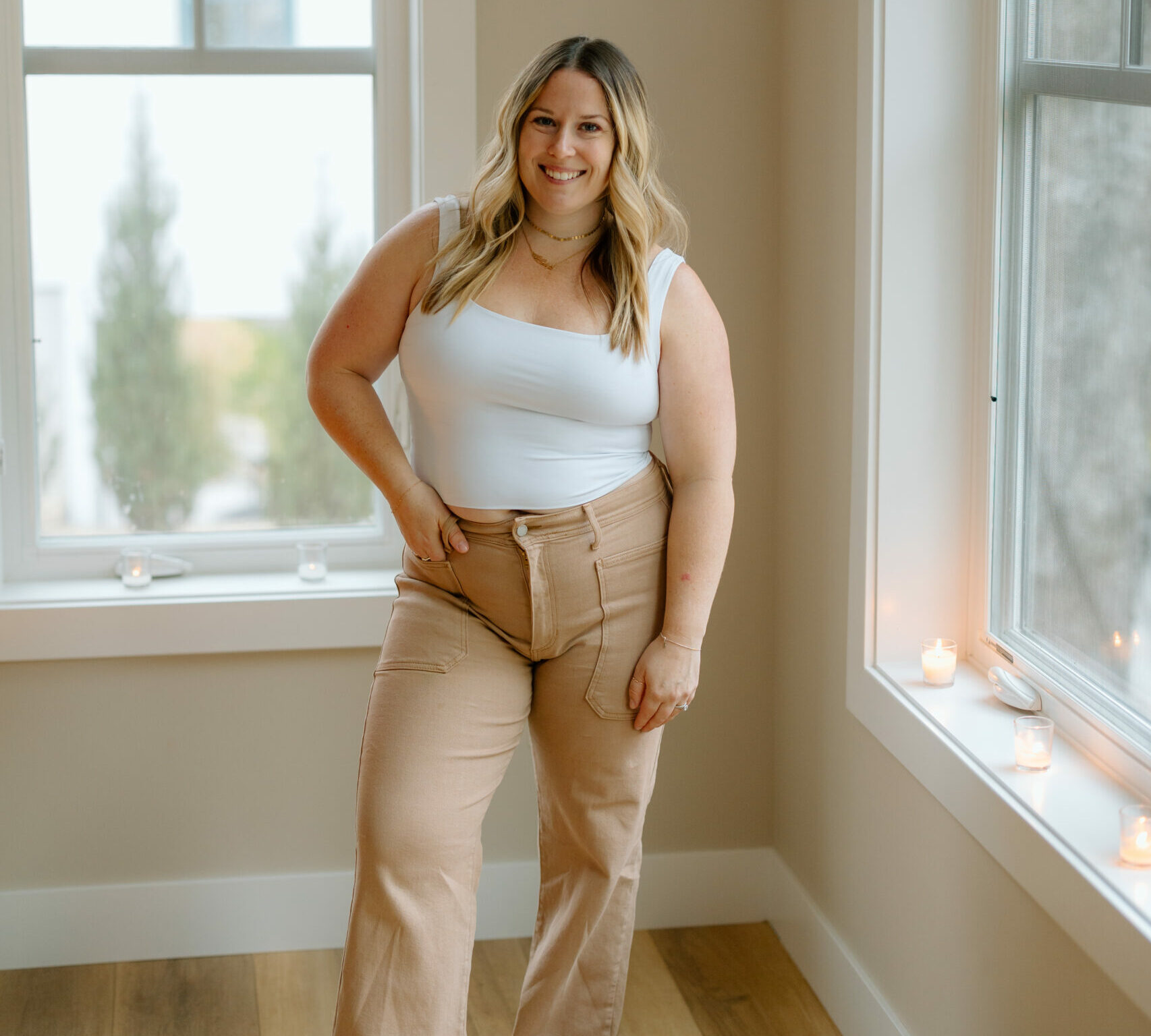
What are the pros and cons of being a woman business owner in 2024?
“The pros are definitely that people are very open, and somewhat more likely, to work with a women-owned business. Especially as a working mom, I find it easier to connect with my clients who have families and understand the daily ebb and flow of building a business around our lives.
“As far as cons, there really aren’t a lot (which is amazing!). I think learning to trust your intuition can be hard, and knowing when you need to set boundaries is a serious learning curve. And in the end, extremely helpful for both sides.”
What knowledge would you share with someone who wants to become an entrepreneur?
“DO IT! Find the people who support your vision, and don’t be afraid to set boundaries with those who don’t. You have control over what you build, and it can be SO rewarding. :)”
What do you do for personal and professional development?
“I have invested with two different mentors since the beginning of my business journey, along with finding masterminds and groups that help keep me educated and up-to-date on my business, and moving forward in one way or another. I read a lot of books as well, and listen to podcasts when I can.”
 What mantra or quote do you live by?
What mantra or quote do you live by?
“You don’t have to be fearless. Doing it afraid is just as brave.” -MHN
What’s your favorite place in Detroit or Michigan?
“Oh gosh–so many! I do love Barrio in Plymouth, and also Red Dot Coffee in Northville! I also love heading to the Eastern Market farmers markets in the summers :)”
Where can our readers find you on social media?
You can follow Heylo Creative on Facebook, Instagram, and on their website!
You can follow Studio Neue on Facebook, Instagram, and on their website!



